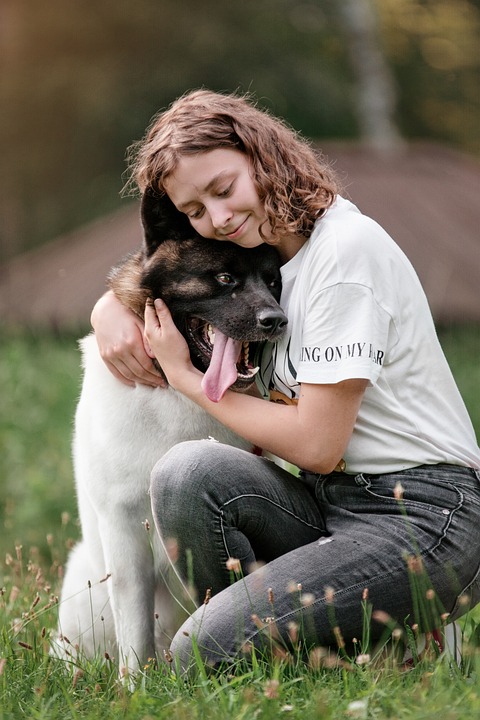
Having a well-behaved pet not only makes your life easier but also creates a more harmonious relationship between you and your furry friend. Training your pet may seem like a daunting task, but with consistency and patience, you can teach them good behavior. Here are five simple tips for a well-behaved pet:
1. Positive reinforcement: One of the most effective ways to train your pet is through positive reinforcement. Rewarding your pet with treats, toys, or praise when they exhibit good behavior will encourage them to continue that behavior. For example, if your dog sits when you command them to, give them a treat as a reward. This will teach them that sitting earns them a reward, making them more likely to do it again in the future.
2. Consistency: Consistency is key when it comes to training your pet. Make sure everyone in your household is on the same page and enforces the same rules. If one person allows your dog on the couch while another person doesn’t, it will only confuse your pet and make training more difficult. Stick to the rules you set and be consistent with your commands and expectations.
3. Use clear commands: When training your pet, use clear and concise commands. Avoid using long or confusing phrases as this can confuse your pet. Use simple commands like “sit,” “stay,” or “down” to communicate what you want them to do. Be consistent with your commands and use the same ones every time to avoid confusion.
4. Exercise and mental stimulation: A well-behaved pet is often a tired pet. Make sure your pet gets enough exercise and mental stimulation to prevent them from getting bored and acting out. Take your dog for daily walks, play with them, or engage them in interactive games or puzzles. A tired pet is less likely to misbehave and more likely to listen to commands.
5. Seek professional help: If you’re struggling to train your pet or are having trouble with a specific behavioral issue, don’t hesitate to seek professional help. A professional dog trainer or behaviorist can provide you with the guidance and tools you need to effectively train your pet and address any behavioral issues. They can also help tailor a training plan that is best suited to your pet’s needs and personality.
In conclusion, training a well-behaved pet takes time, patience, and consistency. By using positive reinforcement, being consistent with commands, providing exercise and mental stimulation, and seeking professional help when needed, you can ensure that your pet is well-mannered and a joy to be around. Remember, building a strong and positive bond with your pet is essential for successful training.